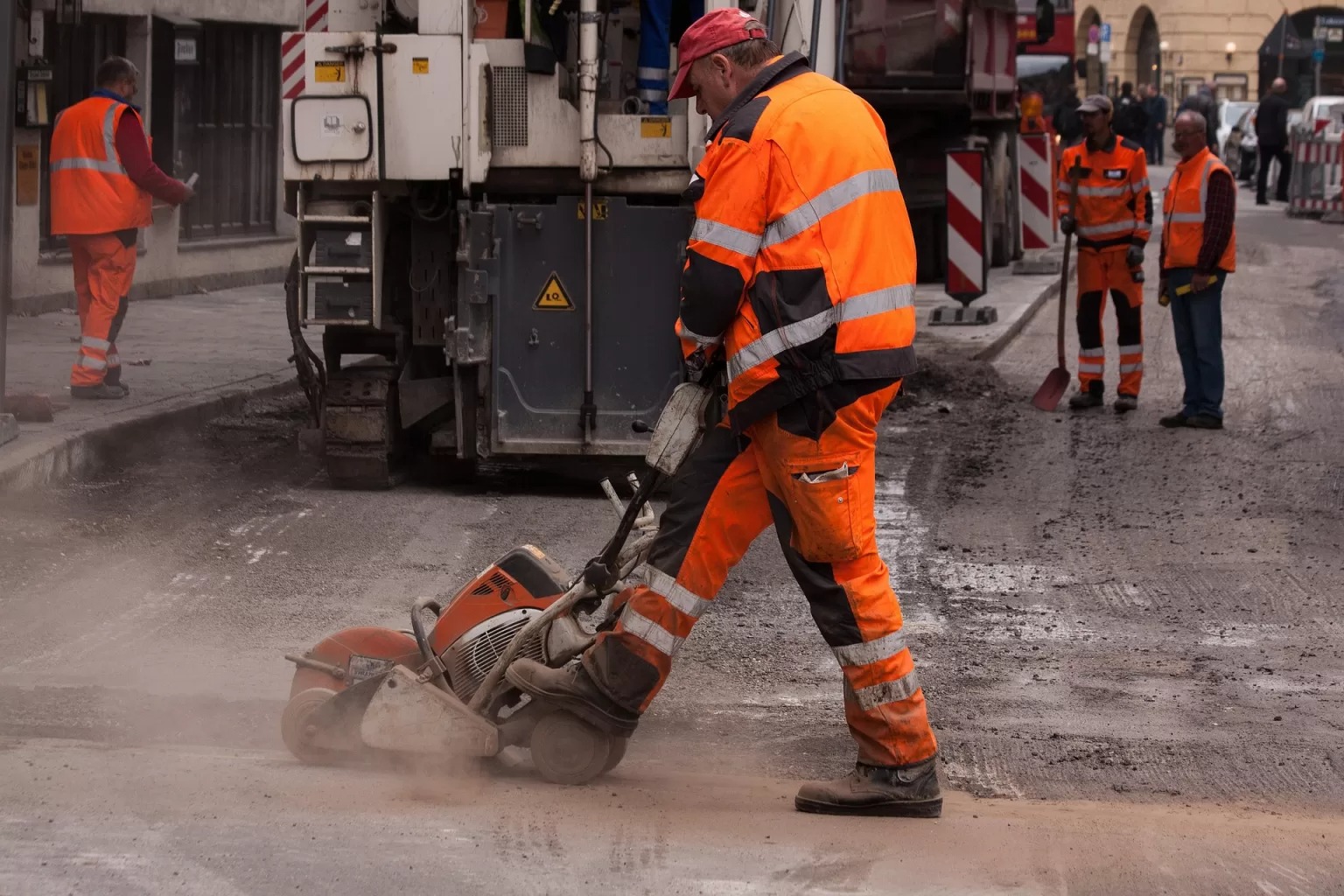Industrial Hearing Loss (IHL) is a prevalent occupational health concern affecting workers exposed to high levels of noise in various industries. This article delves into the causes of Industrial Hearing Loss, highlights preventive measures, and emphasizes the role of hearing aids in managing and mitigating this condition.
Understanding Industrial Hearing Loss:
-
Causes of Industrial Hearing Loss:
Industrial settings often expose workers to prolonged periods of high-intensity noise. The primary contributor to Industrial Hearing Loss is occupational noise, which can exceed safe levels, causing irreversible damage to the auditory system. Common sources include heavy machinery, construction sites, manufacturing plants, and airports.
-
The Impact of Noise Levels:
The intensity and duration of noise exposure play crucial roles in the development of Industrial Hearing Loss. Prolonged exposure to noise levels exceeding 85 decibels can lead to permanent damage. The cumulative effect of repeated exposure amplifies the risk, making it imperative for industries to implement noise control measures.
Prevention of Industrial Hearing Loss
-
Engineering Controls:
Implementing engineering controls, such as soundproofing and noise reduction technologies, is paramount in minimizing noise levels within industrial environments. Employers should invest in equipment and machinery designed with noise reduction features to create a safer working atmosphere.
-
Administrative Controls:
Workplace policies and practices can significantly impact the prevention of Industrial Hearing Loss. Establishing quiet zones, implementing job rotations, and scheduling breaks in less noisy areas are effective administrative measures. Education and training programs on the risks of excessive noise exposure also empower workers to protect their hearing.
-
Personal Protective Equipment (PPE):
Equipping workers with suitable hearing protection, such as earmuffs or earplugs, is crucial. Employers must provide proper training on the correct usage of PPE and ensure its accessibility to all employees exposed to hazardous noise levels.
The Role of Hearing Aids in Industrial Hearing Loss
-
Early Intervention with Hearing Aids:
For individuals already experiencing Industrial Hearing Loss, hearing aids adelaide play a vital role in early intervention. These devices are designed to amplify sounds, making them more audible for individuals with hearing impairment. By seeking timely assistance through hearing aids, workers can mitigate the progression of their condition.
-
Customized Solutions for the Workplace:
Modern hearing aids come equipped with advanced features, allowing for customization based on the individual’s specific hearing needs. In industrial settings, where background noise is prevalent, adaptive technology within hearing aids helps filter and enhance speech, ensuring effective communication.
-
Enhanced Safety and Productivity:
The use of hearing aids not only benefits the individual but also contributes to overall workplace safety and productivity. Clear communication is essential in industrial environments, and hearing aids facilitate effective interaction among workers, reducing the likelihood of accidents and errors.
Conclusion
In conclusion, understanding the causes of Industrial Hearing Loss is pivotal for implementing effective preventive measures. Engineering controls, administrative strategies, and the use of personal protective equipment are essential components of a comprehensive approach to safeguarding auditory health in the workplace. For those already affected, hearing aids offer a transformative solution, enhancing both individual well-being and overall workplace dynamics. By prioritizing prevention and intervention strategies, industries can create safer and healthier environments for their workforce.





